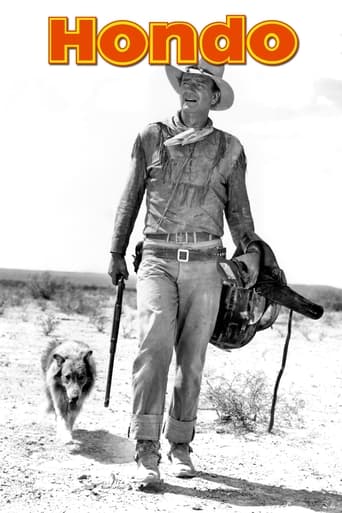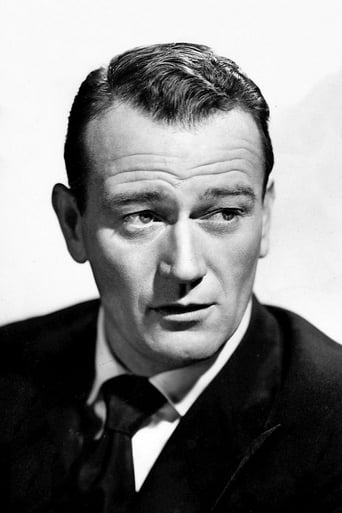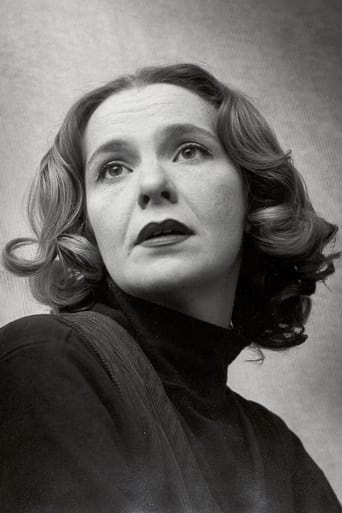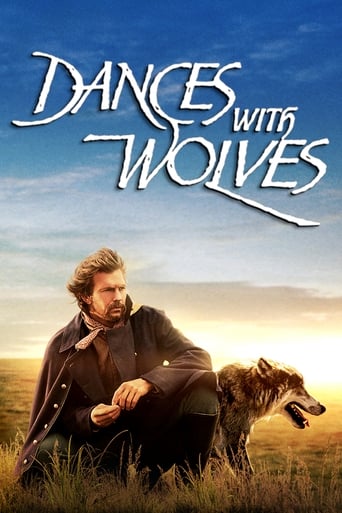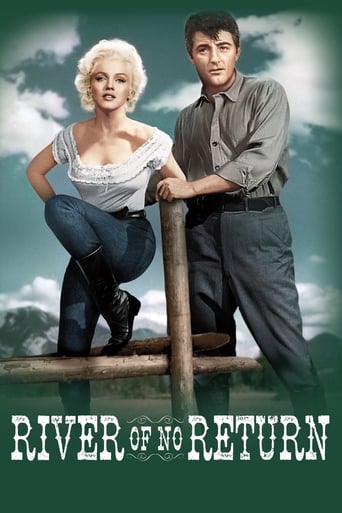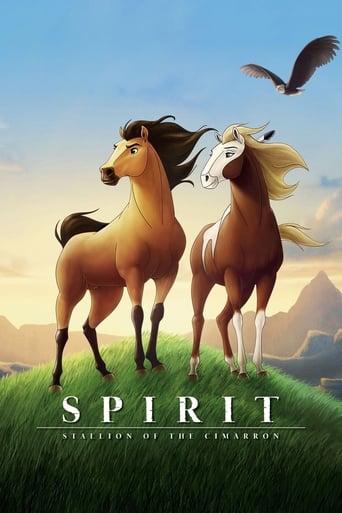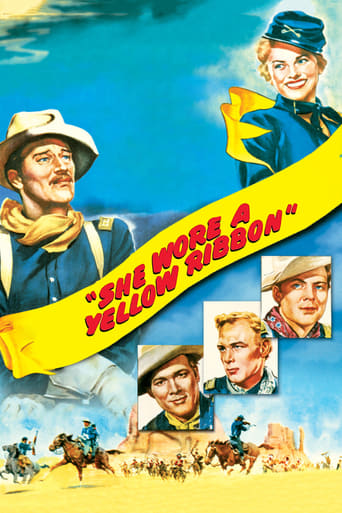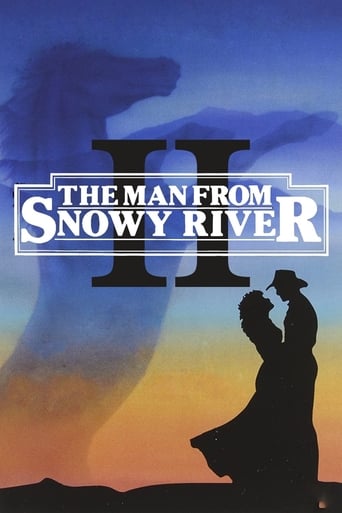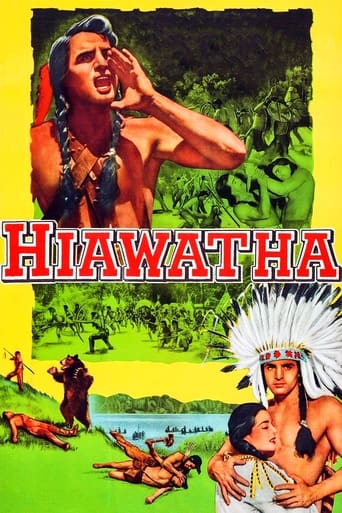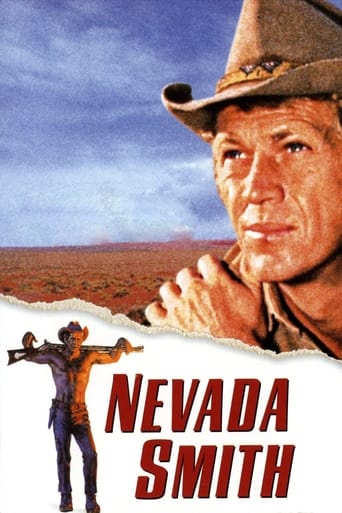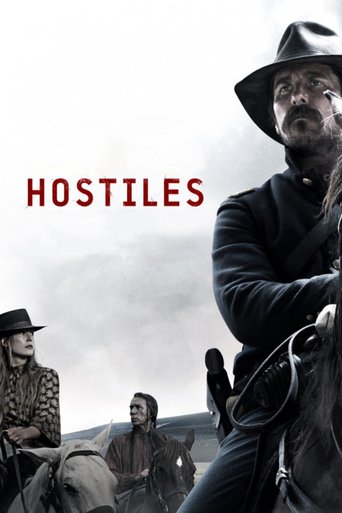Hondo (1953)
Army despatch rider Hondo Lane discovers a woman and her son living in the midst of warring Apaches, and he becomes their protector.
Watch Trailer
Cast
Similar titles

Reviews
I like movies that are aware of what they are selling... without [any] greater aspirations than to make people laugh and that's it.
At first rather annoying in its heavy emphasis on reenactments, this movie ultimately proves fascinating, simply because the complicated, highly dramatic tale it tells still almost defies belief.
A great movie, one of the best of this year. There was a bit of confusion at one point in the plot, but nothing serious.
This is one of the best movies I’ve seen in a very long time. You have to go and see this on the big screen.
The finest 3-D film ever made, Hondo, unlike all the other 3-D movies (with the exception of Kiss Me Kate) which preceded it, was made with tremendous care by some of Hollywood's top craftsmen. Their idea was not to use 3-D merely as an exploitation gimmick with spears, lances, arrows and other menacing missiles thrown directly at the audience, but to get beyond the novelty value of the system into involving the audience more directly and excitingly in the story. A strong script with interestingly three-dimensional characters was worked up by James Edward Grant from a short piece by Louis L'Amour. The job then was to find suitable locations and to build sets to enhance suspense, build up atmosphere and increase audience rapport. Suitable terrain was found in Camargo, Mexico. These locations not only had the sweepingly rugged beauty necessary for the script and the further advantage of being previously unseen by most picturegoers, but the requisites for really effective 3-D presentation. The landscape had either to be reasonably flat but slightly undulating (a stream would help) with hills and mountains in the medium distance; or built up on multiple levels that were well-defined but reasonably close, like a series of ridges for example, or a plain with a number of flat foothills. The sets were constructed with painstaking ingenuity to utilize as many jutting angles as possible in an unobtrusive, seemingly realistic way. Rough-hewn fence rails were ideal for this purpose, as were roof posts and the slope of the roof itself, a balancing rod for the well, the corral, and other fairly lengthy, angular props likely to be found on a farm. Even clothing was chosen with both eyes firmly on the camera, - right down to the singularly effective brim on Wayne's hat.With all these "innocently" natural devices to enhance the 3-D effects, it was decided to minimize the number of objects hurled at the audience; not to eliminate this expected novelty altogether, but to confine the stratagem to moments that were dramatically effective. Forsaking his usual directorial style with its fluid camerawork and breathtakingly long takes, director John Farrow has worked on the script to enhance the 3-D effects. To take just one instance, the scene in which Lee Aaker shoots Rodolfo Acosta. Normally, Farrow would handle this sequence with a tracking shot holding Acosta's rapid advance on the boy. But here, to take full advantage of the 3-D potential, the shot is broken up. Knife raised, Acosta menaces a stationary camera. We cut to the boy, vulnerable and diminutive as he stands between two roof posts on the porch, - a superb 3-D shot. The whole film has been meticulously constructed in this same painstaking way. Every camera set-up has a 3-D punch that heightens involvement and dramatically increases tension. It all comes to a vigorously-staged chase-and-pitched battle climax with horses, stuntmen and wagons pounding across and pitching into the desert sands. In danger of being dwarfed or even pushed aside by 3-D, the players subtly make up for their disadvantage by giving performances slightly larger than life. Seen flat, all the acting, with the one exception of Lee Aaker, seems slightly exaggerated, but in 3-D it's exactly right. (Cleverly, Farrow does not have Aaker compete with 3-D, the comparative restraint of his performance increasing his vulnerability and thus heightening tension). The 3-D camerawork is divided between Robert Burks and Archie Stout. No doubt Stout did a great deal of the location work and 2nd unit vistas where the sun and the terrain itself dictated what 3-D effects could be obtained, whilst Burks had the equally difficult job of arranging his lighting not just to flatter the players but all the 3-D props as well! As said, a magnificent job all around, Hondo is absolutely first-class 3-D entertainment.
For the first 20-30 minutes, "Hondo" seems like it just might transcend the "typical Duke western" label. Some SPOILERS AHEAD: The title character (played by Wayne) wanders out of the dusty plains and into a homestead run by Angie (Geraldine Page) and son Johnny (Lee Aaker). After helping Angie with some work, Hondo quickly discovers that her husband has deserted her. Riding back to the U.S. Calvary regiment that he sometimes scouts for, Hondo gets into a barroom fistfight with a local scoundrel...a scoundrel who turns out to be Angie's "lost" husband!At this point in the film, I thought it had real potential to be a great western tale. A lot of interesting pieces were established that could have been built upon. Unfortunately, from that point onward it becomes stock cowboys vs. Indians fare. Director John Farrow tries to weave a subplot about the white men and the Indians co-existing with each other, but everything we see/feel on screen says otherwise.At the end of the film, after a group of Cavalry men have fought off a warring band of Indians, Hondo makes the following quote: "It is the end of a way of life. A good way." This after an entire movie of killing more Indians than anyone else on screen. Now, I realize that movies (and especially westerns like this one) were made for different reasons and even different audiences than today and should be partially judged as such. However, in today's Hollywood, that type of empty moralizing is inexcusable. History, then, is not kind to a film like "Hondo".Overall, "Hondo" is a decidedly average (or maybe even a bit below) western. I give it three stars because the Duke gives a good performance and the setup did hold my interest for a time. In the wide view, though, I think the only reason this movie gets as much "press" as it does is because it became quite rare before coming out on DVD. When history has its say, it doesn't really stand out in any way.
What I liked most about HONDO is the film's simplicity. It's this simple story set in a big, sprawling and rugged landscape in which the vistas are almost characters in themselves. The story is classically simple, about a woman and her boy trying to survive in a hostile landscape which is constantly under threat of Apache attack. Into this world comes the larger-than-life John Wayne, complete with his lovable dog companion, and he makes everything right again.HONDO is as simple as that and the end result is pure cinema. As a western, this is a great success, full of quality action scenes that build to a wildly impressive climax. Geraldine Page is fine as the put-upon mother and the kid actor isn't annoying for a change, but really this is Wayne's film and he knows it. He has it all here: the drawl, the swagger, and the endless and natural charisma. Ward Bond and James Arness play in support.
I've always had a few favorite John Wayne movies -- "Rio Bravo" and "The Man Who Shot Liberty Valence" (for example). But, like many in a whole generation of Americans, in the Vietnam era and afterward, many of us began to dismiss the overall career of John Wayne. Lately, I've been watching a number of John Wayne movies, some -- like this one -- that I had never seen before. And I have to admit that after several films I am reconsidering John Wayne -- at least in terms of acting -- and mostly for the positive.I wouldn't class this film as one of John Wayne's top tier of films, but it is very good. It held my attention, and frankly, few Westerns can do that anymore.There are specific things to criticize here. For example, Wayne being surrounded and chased by Indians when it was perfectly clear the would not be able to escape. Or several shots throughout the film when it was absolutely clear that the stunt man was not Wayne. Personally I felt the way the final battle scene was rather confusing.A highlight of the film is the first credited Hollywood role for Geraldine Page. I always thought of Page as being a rather eccentric actress, although here that eccentricity hadn't yet developed. She's quite good here, and I think it was wise that they chose a lead actress who was not young and nubile; it just wouldn't have made sense.Wayne's performance is pure Wayne, and that's usually pretty good. Wayne was always just a little awkward in the love scenes, and he is here, but then again, a lot of real men are awkward at such moments.Wayne and Page fit well together here. The rest of the actors are mere supporting roles, and they do their jobs well. Indians actually look like Indians (although I realize they all weren't). Of course, Ward Bond is here, although his role and the role of all the other supporting actors are quite small. Watch for a small role for James Arness.One of Wayne's best? No. But still quite good.
